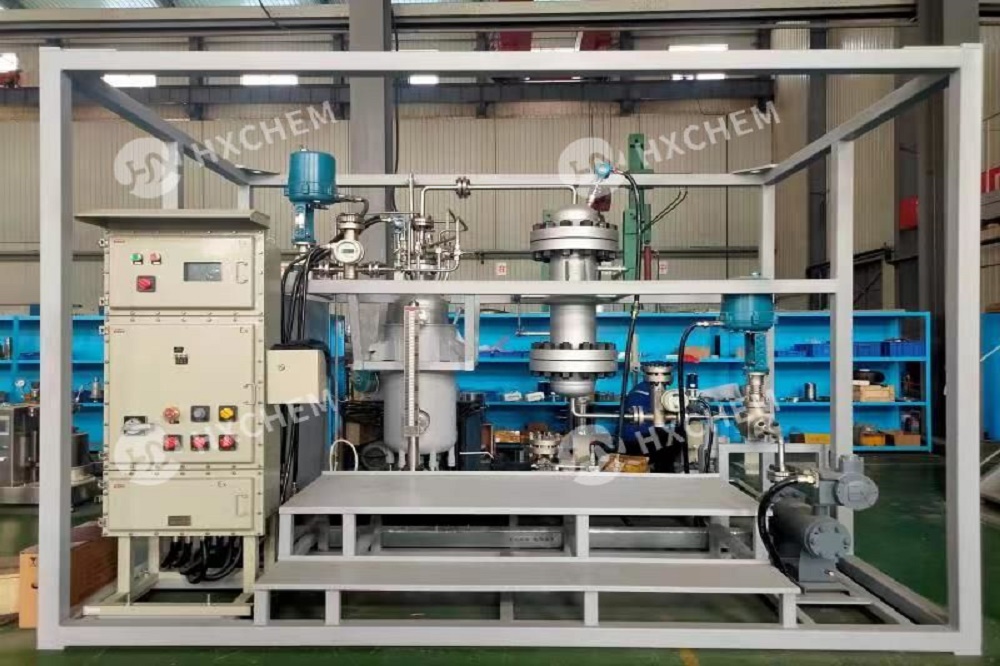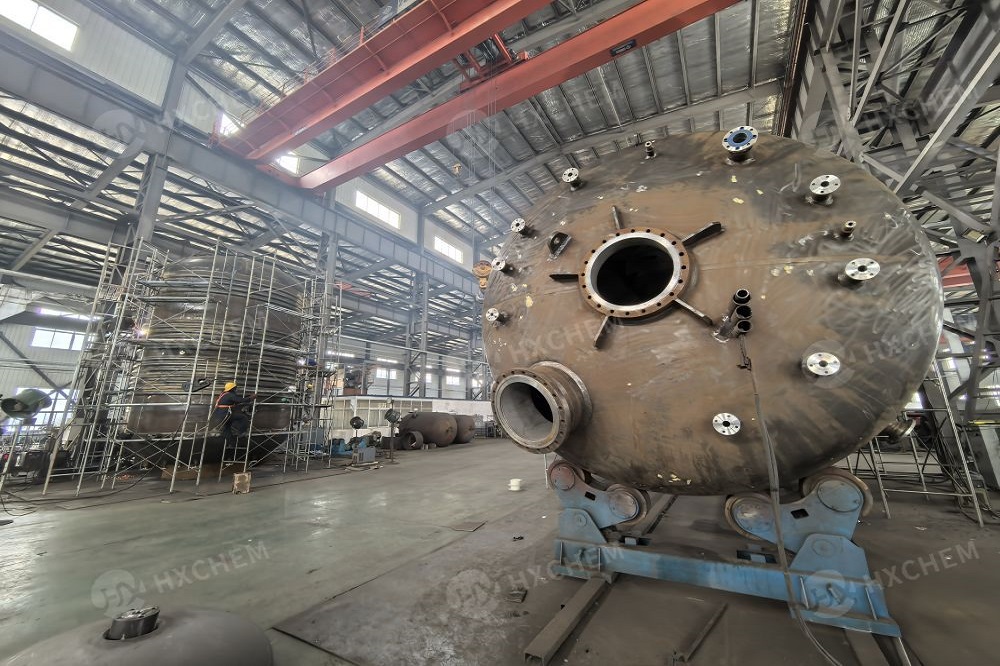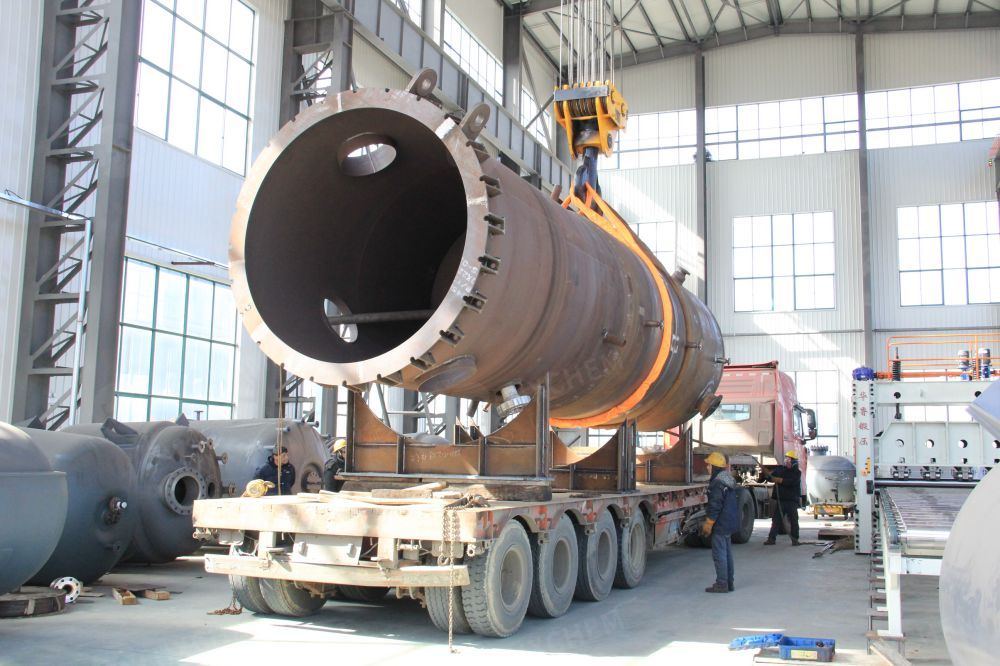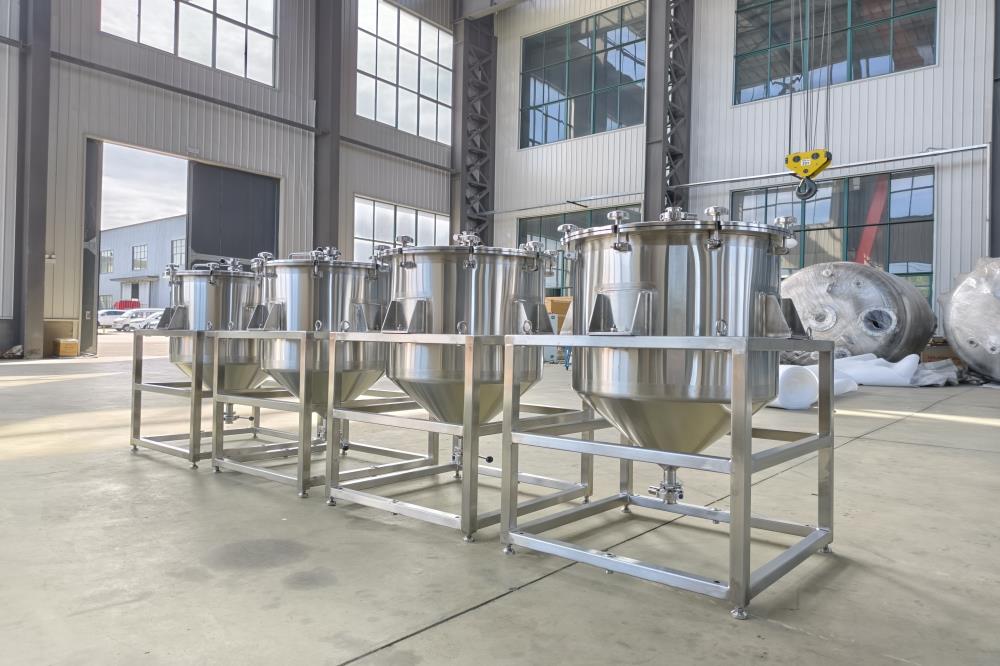100L mixing tank with conducting oil furnace of Temperature Controller
2025-05-07
The integration of a 100L mixing tank, a conducting oil furnace with a temperature controller, and a high-performance vector inverter forms a sophisticated system designed for processes requiring precise temperature and mixing control. Here's a detailed breakdown of their roles and interactions:
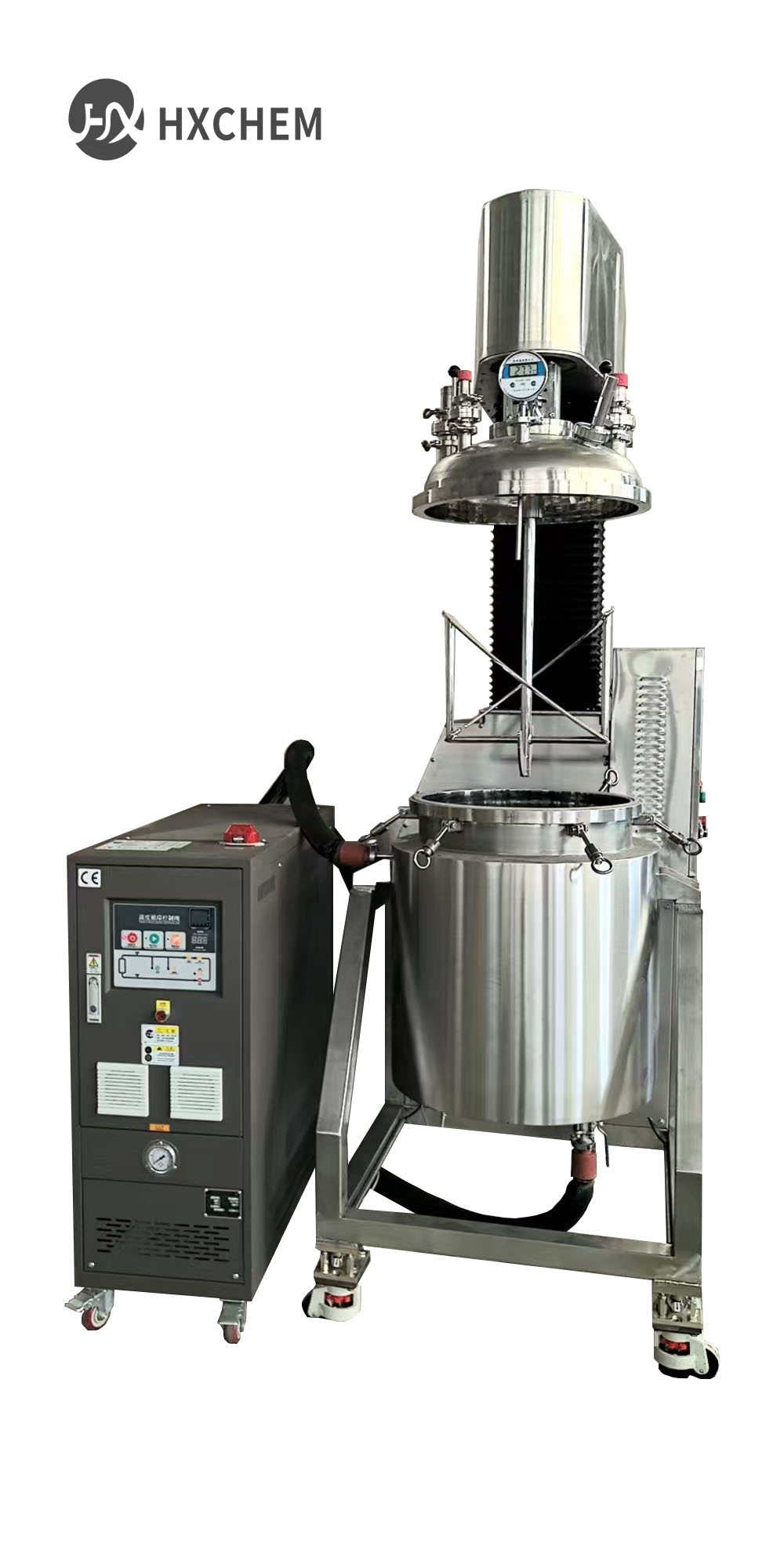
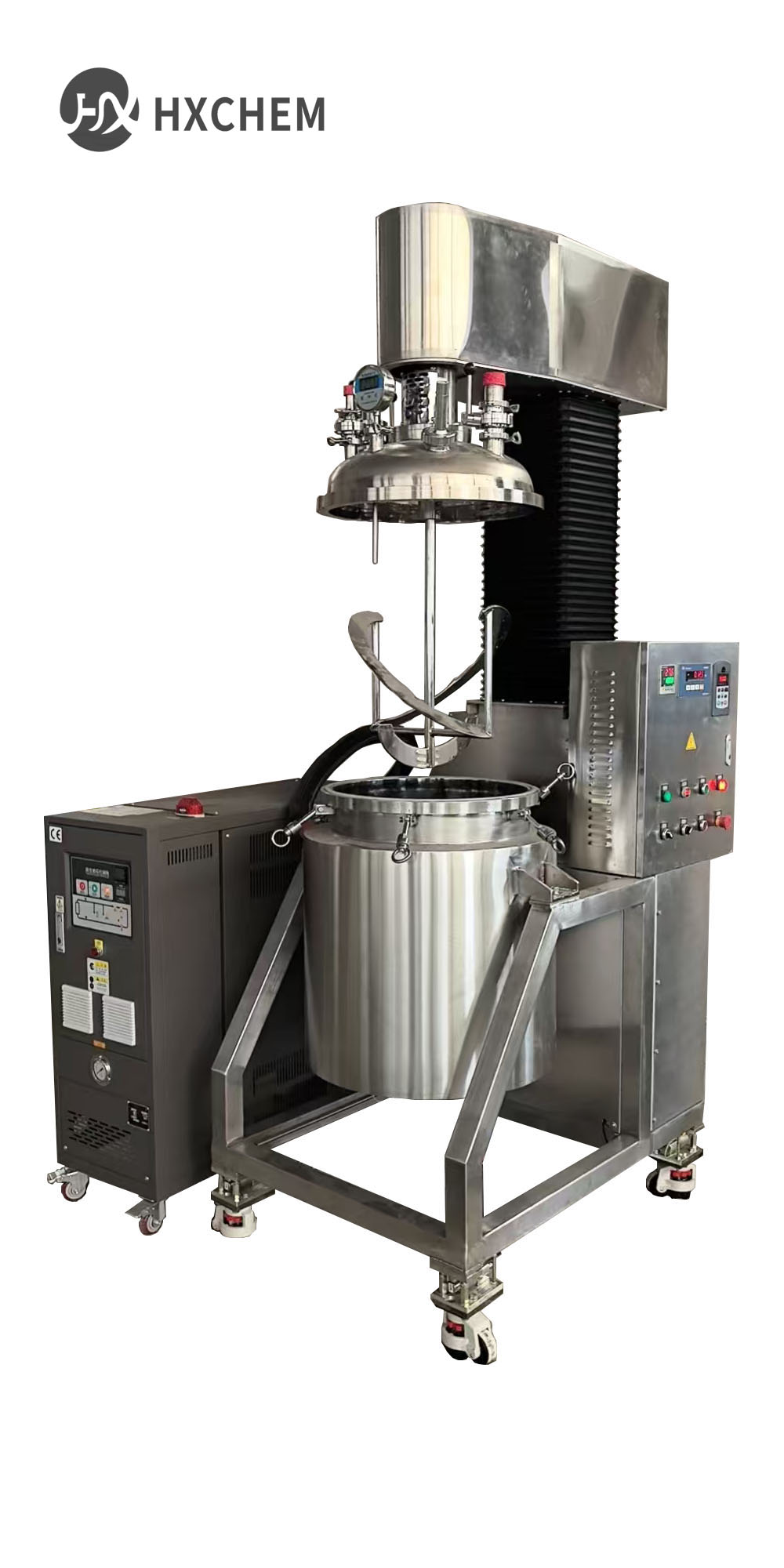
1. Components Overview
100L Mixing Tank:
Function: Blends materials (chemicals, food, pharmaceuticals) using an agitator driven by an electric motor.
Key Features: Medium capacity (100L), potential for heating/cooling via thermal oil jackets/coils, and compatibility with process materials.
Conducting Oil Furnace with Temperature Controller:
Function: Heats thermal oil to transfer heat to the tank. The controller maintains setpoint temperatures using feedback from sensors.
Key Features: High-temperature capability without high pressure, efficient heat transfer, and closed-loop control for stability.
High-Performance Vector Inverter:
Function: Adjusts the speed and torque of the mixer motor for precise agitation control.
Key Features: Energy efficiency, precise motor control at variable speeds, and compatibility with dynamic process demands.
2. System Integration
Temperature Control Loop:
The oil furnace heats thermal oil, which circulates through the tank’s coils/jackets.
Temperature sensors feed data to the controller, modulating furnace output (e.g., fuel/electricity) to maintain the setpoint.
Ensures uniform heating, avoiding hotspots through effective mixing.
Mixing Speed Optimization:
The vector inverter adjusts the mixer motor’s speed based on process needs (e.g., viscosity changes, phase transitions).
Enables high-torque mixing at low speeds or rapid blending for homogenization.
Synergy:
The inverter and temperature controller may communicate (via PLC or direct signals) to synchronize mixing speed with heating. For example, increasing agitation during heating phases for even heat distribution.
3. Applications
Chemical Manufacturing: Precise exothermic/endothermic reactions requiring controlled temperatures and shear rates.
Food Production: Sauce/emulsion preparation with consistent heating and mixing.
Pharmaceuticals: Batch processes where temperature and mixing homogeneity are critical for drug efficacy.
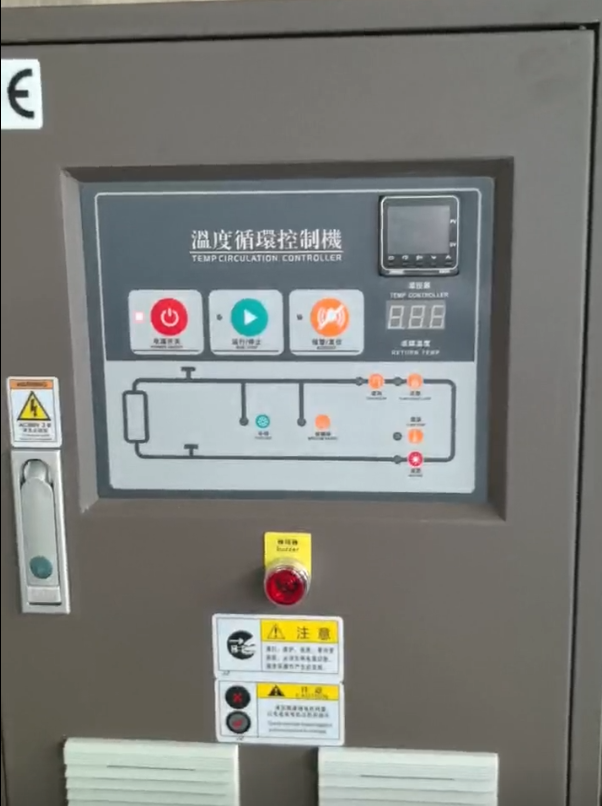
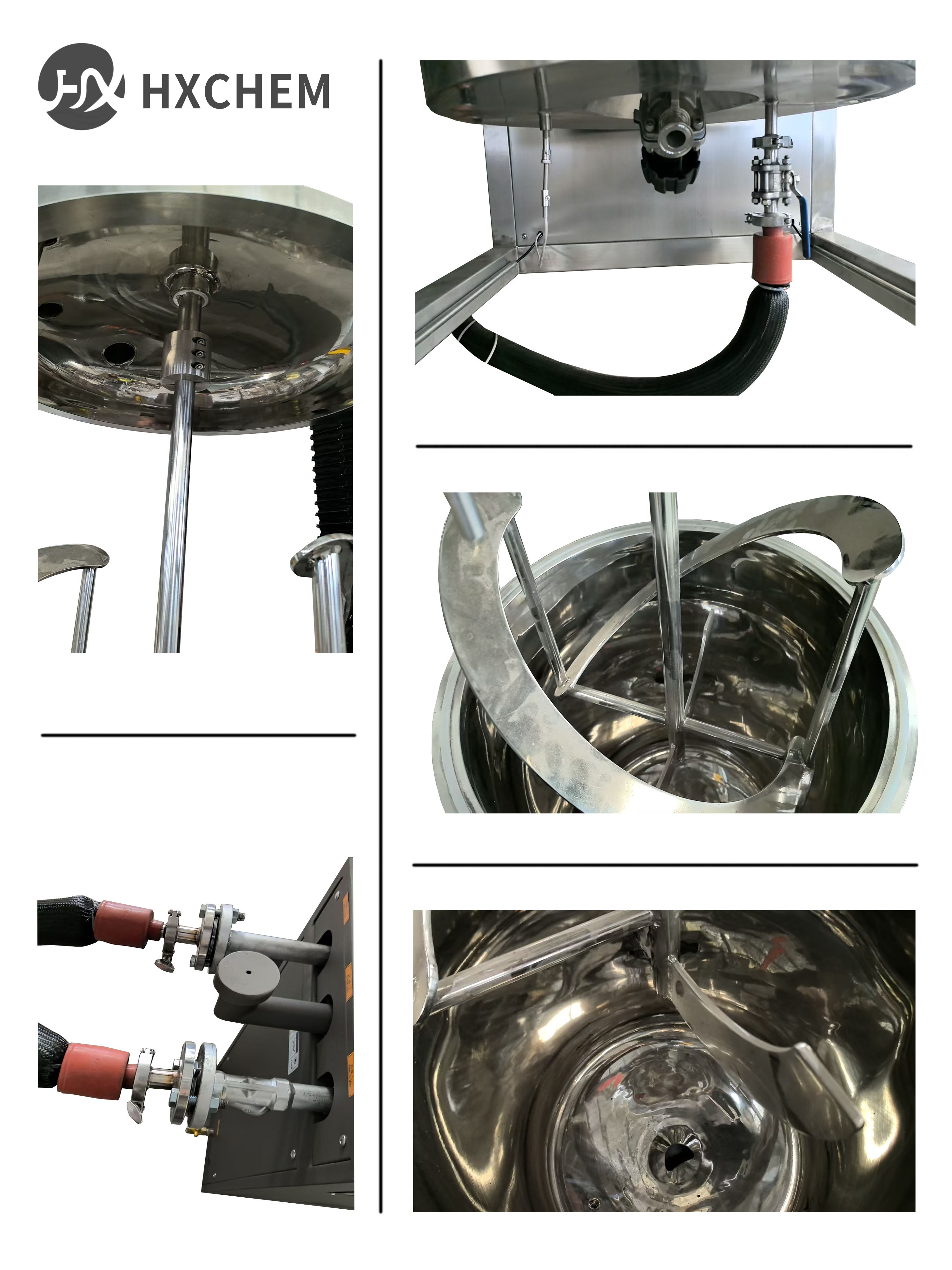
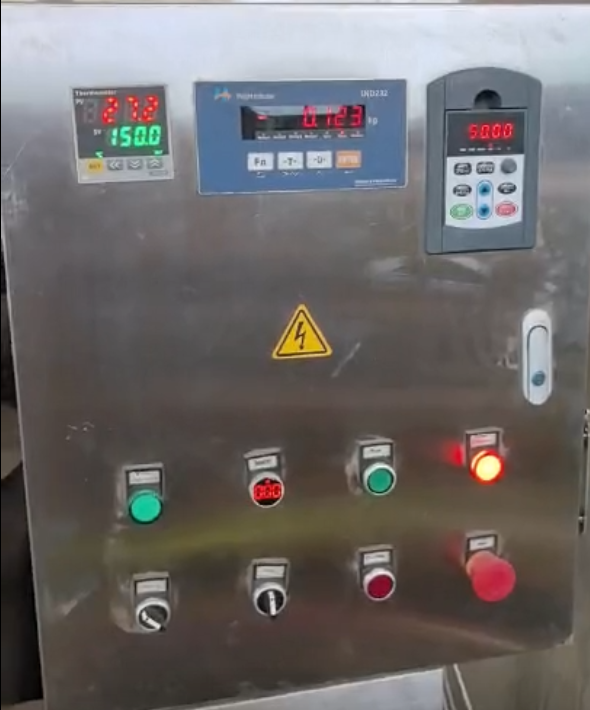
4. Safety and Efficiency Considerations
Safety: Overheat protection, leak detection in oil loops, and fail-safes for motor/inverter faults.
Efficiency:
Insulation to minimize heat loss.
Inverter reduces energy use by matching motor speed to process demands.
Oil furnace optimized for thermal efficiency.
5. Challenges and Solutions
Heat Distribution: Agitator design (e.g., impeller type) ensures uniform temperature.
Material Compatibility: Tank lining and seals resistant to chemicals and high temperatures.
Control Integration: Centralized monitoring (e.g., SCADA) for real-time adjustments and data logging.
6. Advanced Configurations
Variable Oil Circulation: Optional VFD-controlled oil pumps for dynamic heat transfer rates.
Automated Workflows: Recipe-based control for repeatability in batch processes.
Conclusion
This system excels in industries demanding tight control over thermal and mechanical parameters. The conducting oil furnace ensures precise heating, the vector inverter optimizes mixing efficiency, and the 100L tank balances capacity with flexibility. Together, they enhance product quality, reduce energy costs, and improve process reliability.

